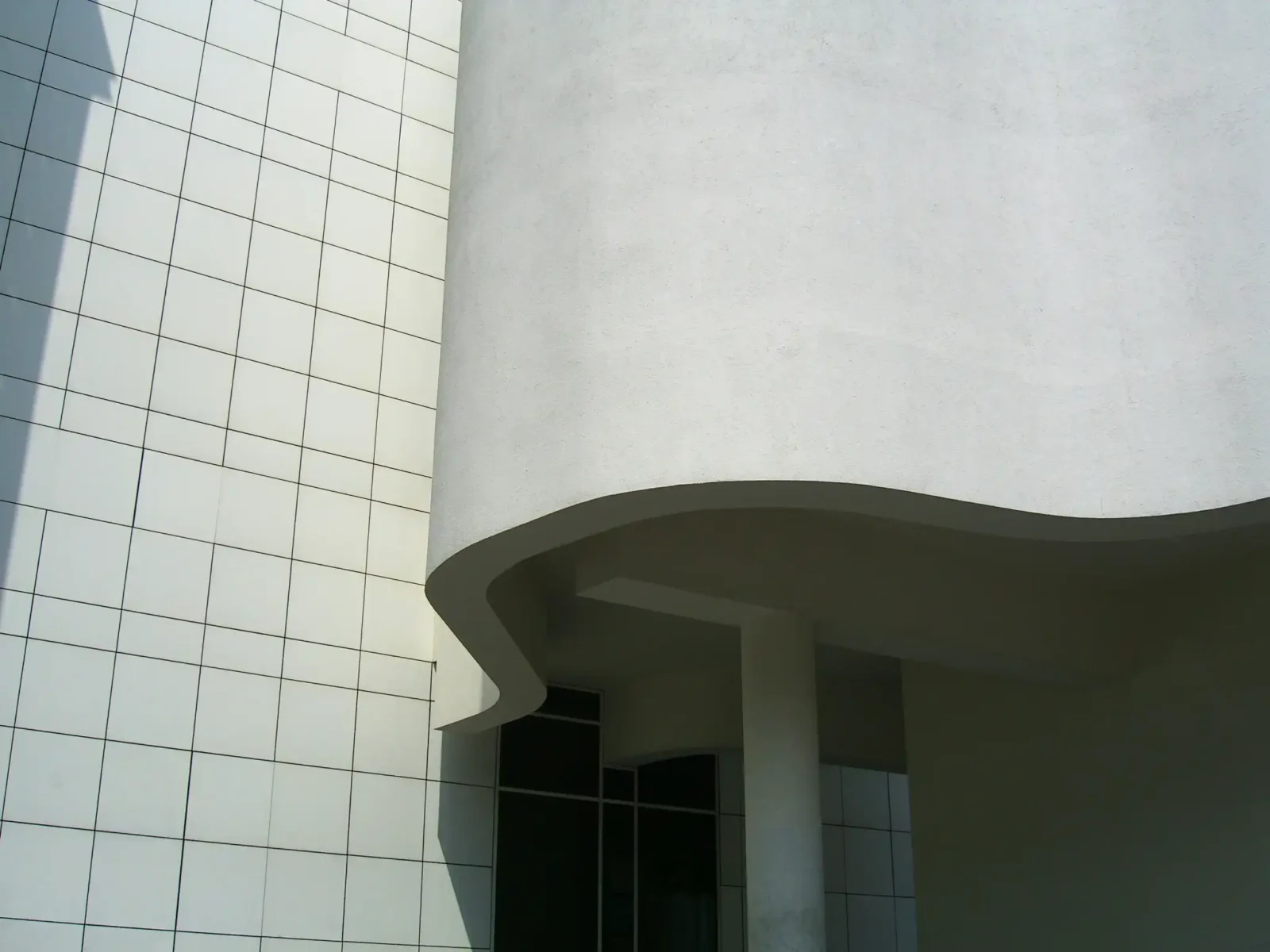- Home
- Articles
- Architectural Portfolio
- Architectral Presentation
- Inspirational Stories
- Architecture News
- Visualization
- BIM Industry
- Facade Design
- Parametric Design
- Career
- Landscape Architecture
- Construction
- Artificial Intelligence
- Sketching
- Design Softwares
- Diagrams
- Writing
- Architectural Tips
- Sustainability
- Courses
- Concept
- Technology
- History & Heritage
- Future of Architecture
- Guides & How-To
- Art & Culture
- Projects
- Interior Design
- Competitions
- Jobs
- Store
- Tools
- More
- Home
- Articles
- Architectural Portfolio
- Architectral Presentation
- Inspirational Stories
- Architecture News
- Visualization
- BIM Industry
- Facade Design
- Parametric Design
- Career
- Landscape Architecture
- Construction
- Artificial Intelligence
- Sketching
- Design Softwares
- Diagrams
- Writing
- Architectural Tips
- Sustainability
- Courses
- Concept
- Technology
- History & Heritage
- Future of Architecture
- Guides & How-To
- Art & Culture
- Projects
- Interior Design
- Competitions
- Jobs
- Store
- Tools
- More
Managing International Payments: Financial Infrastructure for Architecture Firms

Architecture doesn’t stay in one city. Or even one country. A firm might sketch in New York, draft in Berlin, and rely on engineers in Singapore.
The talent is global. The payments… not so simple.
Design is the part everyone sees. The behind-the-scenes work? That’s where the headaches live. Payments across time zones, in currencies you don’t check every day. Banking rules that make you wonder if you’ve accidentally opened a spy novel.
Table of Contents
ToggleThe quiet problem no one brags about
Collaboration builds projects. But it also means paying people who aren’t in your country—or even your continent.
And here’s where it unravels:
- Transfers that crawl through intermediary banks.
- Exchange rates eating into your margins.
- Fees that feel too small to fight, but too constant to ignore.
- Compliance checks that freeze funds mid-transfer.
By the time the payment lands, the goodwill might already be gone.
Why architecture firms get it harder
This isn’t e-commerce. No products moving through customs. Just services. Designs. Site inspections. And those big invoices can look risky to a bank.
Add irregular schedules and multiple currencies. Maybe a partner who only takes payment through a local system you’ve never heard of. Suddenly, you’re spending more time with your finance team than your design team.

The price of “just make it work”
Many firms patch it together. They stick with the default bank setup. Send payments however they can. Move on.
Until the costs stack up.
A few extra fees here. A weaker exchange rate there. Over a year, that “minor” loss could fund another hire.
And it’s not just money. Payment delays send a message: you’re not a priority. In a business where reputation travels fast, that’s dangerous.
Building something stronger
Some firms change the way they think. They start treating their payment process like part of the project’s foundation.
That means using systems designed for cross-border work. Multiple currencies. Automated conversions. Real-time tracking. Built-in compliance for different countries.
In architecture, the right financial setup is as essential as the right software. It keeps projects moving. Prevents last-minute scrambles. Makes you the client and partner everyone trusts.
Exploring different global payment solutions can reveal options that cut fees, protect against currency swings, and keep every payment on schedule.
From fixing problems to preventing them
Too many firms only think about payments when something goes wrong. It’s like checking a building’s foundation after the cracks appear.
A better approach:
- Hold funds in multiple currencies so you’re not forced into bad exchange timing.
- Agree on payment terms upfront before work begins.
- Know the compliance rules in every country you touch.
- Connect accounting tools to your payment system so nothing slips.

Not theory. Just habits that keep things smooth.
Keeping cash predictable
Architecture doesn’t pay on neat, monthly cycles. It pays with milestones. Milestones that sometimes shift for reasons no one controls.
An efficient payment system doesn’t just move money. It helps you forecast. Shows you when cash is coming in, when it’s going out, and where the gaps could hit.
The trust factor
Getting paid on time feels good. Being the one who pays on time feels even better—for your reputation.
Partners notice. Contractors remember. That goodwill is hard to buy but easy to keep… if you pay promptly and without surprises.
Scaling without chaos
Growth doesn’t fix payment complexity. It multiplies it.
More projects. More partners. More currencies. Without structure, payments get lost, fees explode, and your team spends half their week chasing confirmations.
Sort it early, and expansion feels less like chaos and more like progress.
The hidden edge
Strong payment systems don’t make headlines. But they win trust in tenders. Clients like firms that can handle complicated projects without administrative drama. It’s part of the value you bring.
When projects depend on payment agility
Here’s a real scenario: You’re leading a competition-winning project in Dubai. Your structural consultant is in Madrid. The landscape team is in Cape Town. A sudden design change means you need extra drawings and you need them in two weeks.
They’ll do it. But they want a partial payment upfront. If your payment system can’t move money fast enough, you lose precious days. Or worse, they pause work until funds land.
That’s how payment delays become design delays. And design delays turn into missed openings.
Avoiding the currency trap
Another common trap: starting a project when the exchange rate is in your favor, then watching it swing the other way halfway through construction.
Without currency planning, a profit margin can shrink overnight. Especially on long projects where payments stretch over months or years.

Holding balances in multiple currencies, or locking in rates with your payment provider, can stop those swings from gutting your budget.
Technology that works quietly in the background
The best payment systems aren’t flashy. They don’t need to be. They just work – quietly, consistently, every time.
Automatic reconciliation with your accounting software. Instant currency conversion at competitive rates. Notifications when a payment is received abroad.
That’s the kind of background support that lets your team stay focused on what they’re good at: designing buildings, not troubleshooting wires.
Why it’s not just finance’s problem
Yes, the finance team processes payments. But payment infrastructure is an operational choice. It shapes timelines, partner relationships, and even hiring decisions.
A project manager needs to know if a consultant can be paid tomorrow. A design lead needs to know if an overseas 3D modeling firm is cleared for payment. These aren’t “finance-only” concerns – they’re project delivery concerns.
The architecture of money flow
Payments aren’t just admin. They’re infrastructure. They need to be designed, tested, maintained – just like your projects.
When it’s done right, you hardly notice it’s there. Which is exactly how it should be.
illustrarch is your daily dose of architecture. Leading community designed for all lovers of illustration and #drawing.
Submit your architectural projects
Follow these steps for submission your project. Submission FormLatest Posts
The Ultimate Guide to Fencing in North Dakota: Choosing the Best Fence for Your Property
Watching a chain link fence twist in 70 mph winds near Minot...
Gaudí: Where Architecture Meets Science
Gaudí: Where Architecture Meets Science shows catenary arches, ruled surfaces, and biomimicry...
How Housing Market Forces Shape Architectural Design Today
Architecture never exists in isolation. Buildings rise from a mix of ambition,...
Why Portable Formaldehyde Gas Detectors Matter on Construction Sites
As construction practices shift toward more enclosed and material-intensive environments, the risk...












Leave a comment